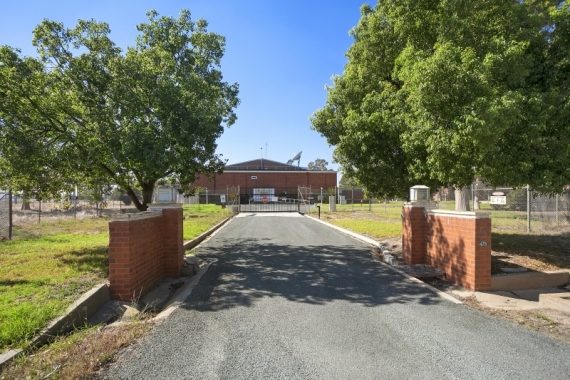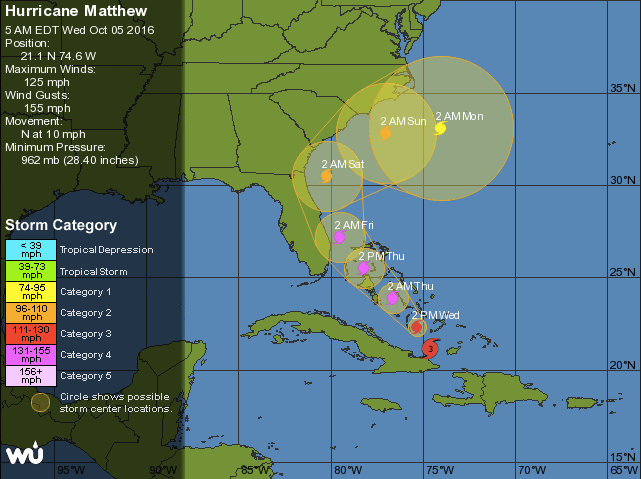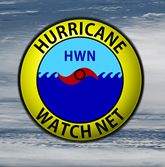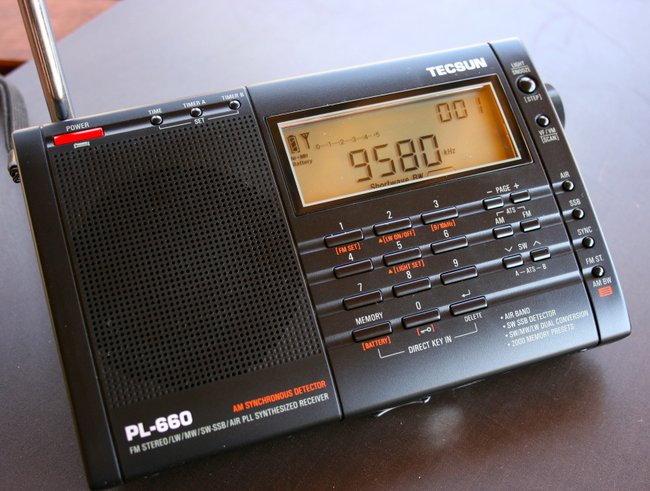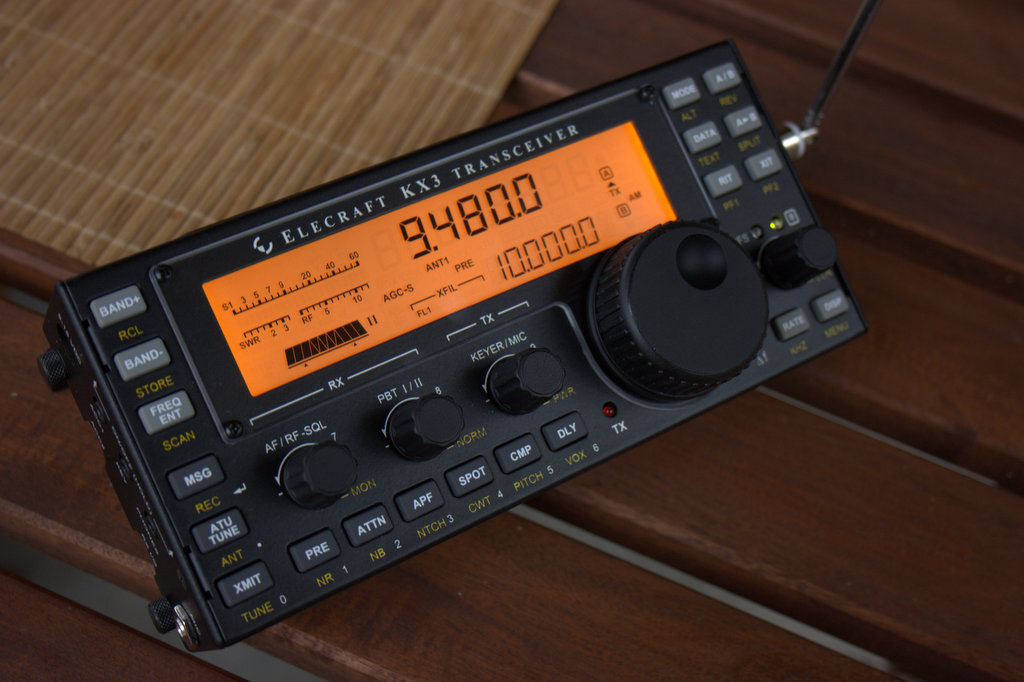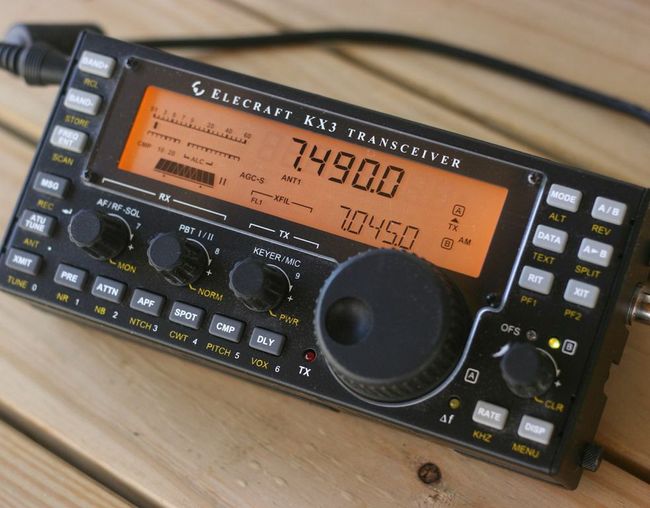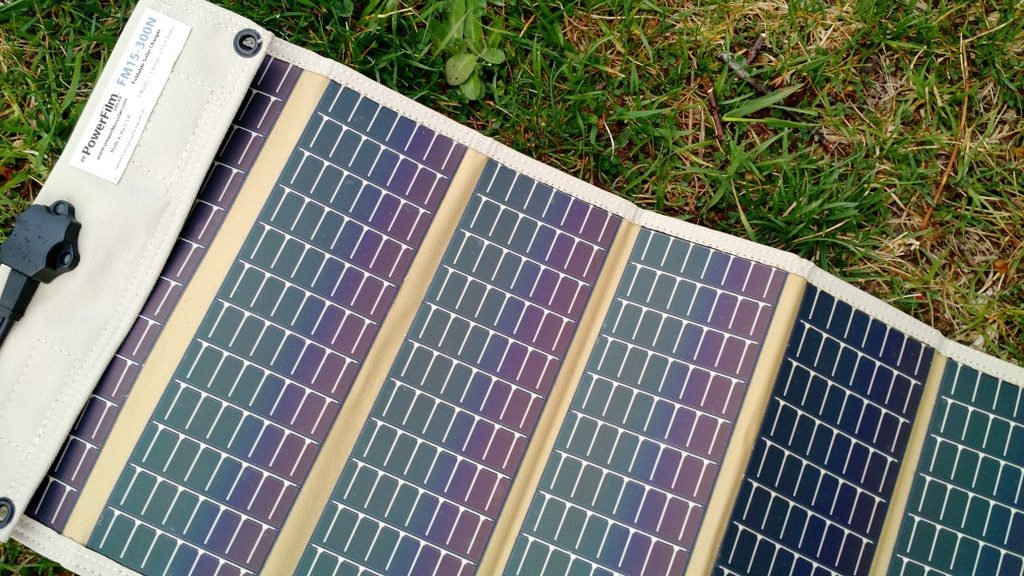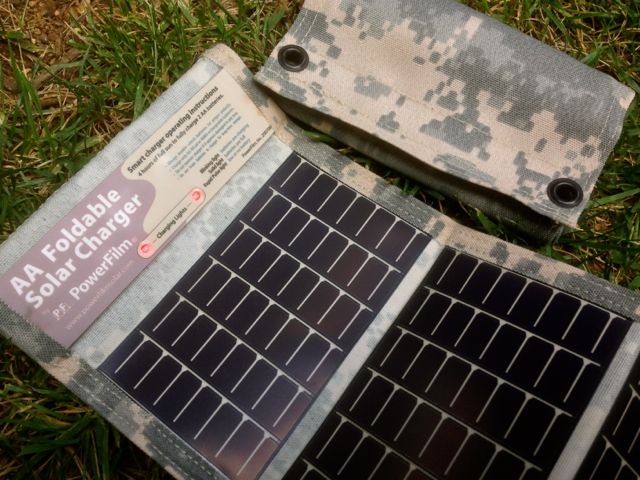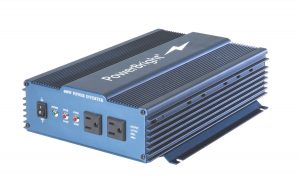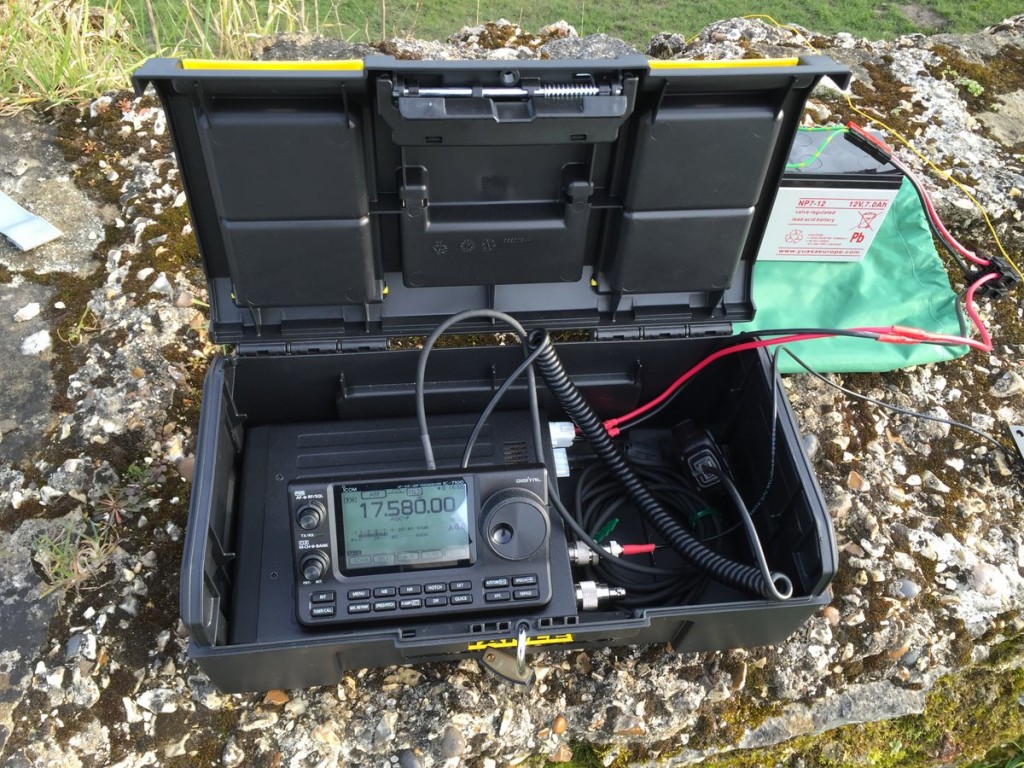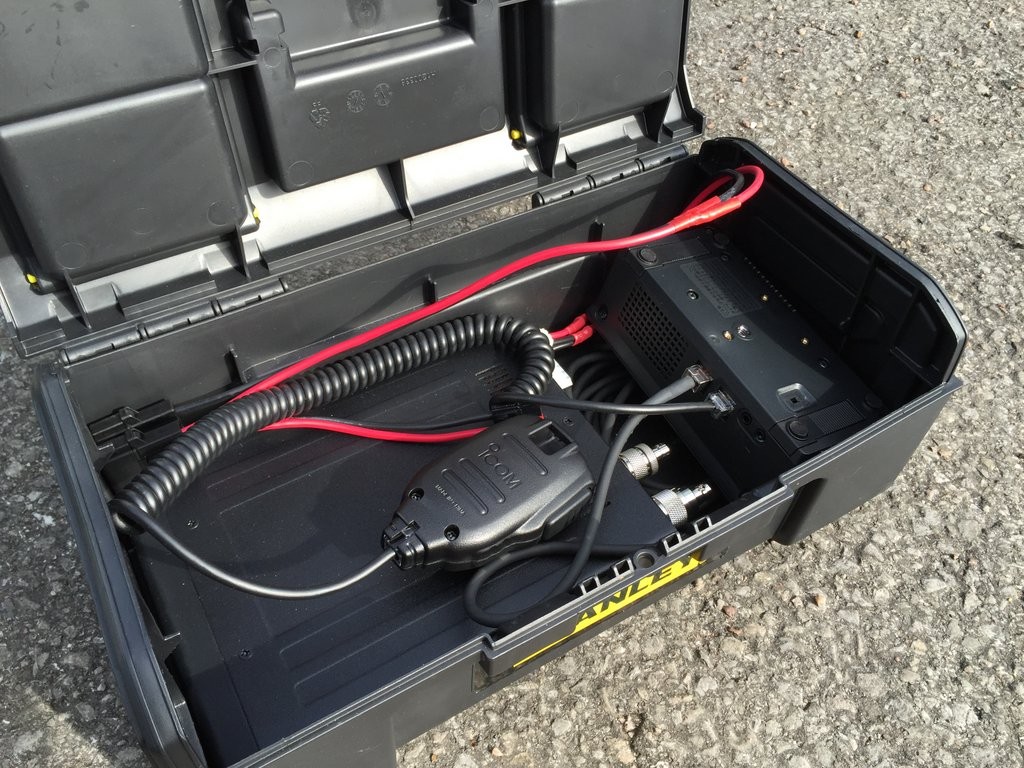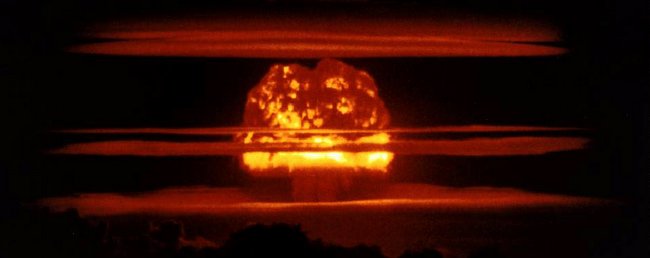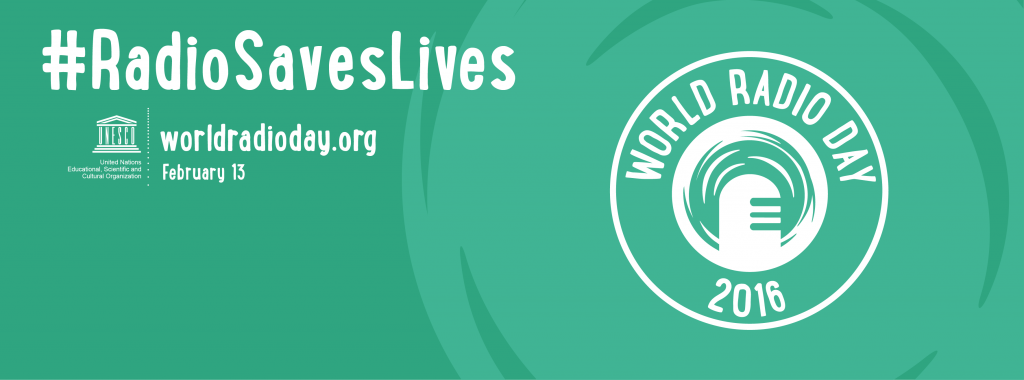 February 13th is World Radio Day, a day “to remember the unique power of radio to touch lives and bring people together across every corner of the globe,” as UNESCO reminds us. At the SWLing Post, we get it: shortwave radio listeners understand the unique power of information unhindered by borders, censors, or subscription fees, as supplied by radio.
February 13th is World Radio Day, a day “to remember the unique power of radio to touch lives and bring people together across every corner of the globe,” as UNESCO reminds us. At the SWLing Post, we get it: shortwave radio listeners understand the unique power of information unhindered by borders, censors, or subscription fees, as supplied by radio.
This year, the UNESCO theme for World Radio Day is a worthy one: “Radio in Times of Emergency and Disaster.”
And here are just a few ways you can celebrate World Radio Day 2016…
Ears To Our World (ETOW)

GSM Bohnso School, Cameroon (Photo courtesy of ETOW partner, EduCare Africa)
Of course, at my non-profit Ears To Our World, we celebrate the unique power of radio everyday. While we use a variety of technologies in rural and remote communities, radio still plays a central role since it’s such an accessible technology.
In 2014 and 2015, for example, we distributed Sony AM/FM radios that gave children in Sierra Leone the opportunity to listen to over-the-air classes while their school system was shut down due to Ebola.
Powered by this success, we’re now in the process of putting together radio projects for rural, off-the-grid communities in Haiti, Cameroon, and Kenya, where children and their families need the education and information radio can provide.
If you would like to help, please consider a donation of any amount. This is unquestionably a meaningful way to give the gift of radio, as well as education.
Amateur Radio
The Phoenix Amateur Radio Club will celebrate World Radio Day on the 13th and 14th of February with on-air shortwave activities, as a key part of the club’s ongoing British Scientists Commemorations. This sounds like an enjoyable way to honor the day as well as the contributions of British scientists.
Click here for more info.
Radio Romania International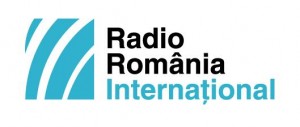
Radio Romania issues the following fun invitation:
On World Radio Day 2016, we invite you, dear friends, to send us short recorded messages on this [year’s] topic, by e-mail, as audio-attachments, at [email protected]. You can also send us short written messages on the importance of radio in times of disaster by e-mail or…post them on RRI’s Facebook page, on Google+, LinkedIn and Tumblr.
The most interesting texts and audio messages will be included in a special program on RRI, around February 13th, 2016.
Also, if you have royalty-free personal photos illustrative of the role played by radio in your life, or… the role of radio in times of emergency and disaster, please send them to us in electronic format, accompanied by the necessary explanations, in order to create a photo gallery on RRI’s website and to post them on our social network profiles.
Click here for the full article.
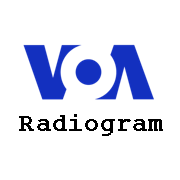 VOA Radiogram
VOA Radiogram
VOA Radiogram will honor World Radio Day with text and images sent via shortwave radio; you may enjoy receiving this fun “coded” message:
Old shortwave, medium wave, and longwave transmitters can be used to transmit text and images. This can be useful when the Internet is not available for any reason.
VOA Radiogram, an experimental Voice of America radio gram, transmits text and images via a 50-year-old shortwave transmitter located in North Carolina. VOA Radiogram during the weekend on 13-14 February will include a mention of World Radio Day. Receive VOA Radiogram on any shortwave radio, patch the audio into a PC or Android device using software such as Fldigi from w1hkj.com.
VOA Radiogram transmission schedule
(all days and times UTC):
- Sat 0930-1000 5865 kHz
- Sat 1600-1630 17580 kHz
- Sun 0230-0300 5745 kHz
- Sun 1930-2000 15670 kHz
All via the Edward R. Murrow transmitting station in North Carolina.
Want the full WRD events list?
There are dozens of World Radio Day events happening around the world. For a full list of registered events, check out the World Radio Day website.
Here’s to WRD 2016! Enjoy!
How will you celebrate World Radio Day 2016?
SES is State Emergency Service, we provide volunteer responses to storm, flood, land search, vehicle accident response (in rural areas).

